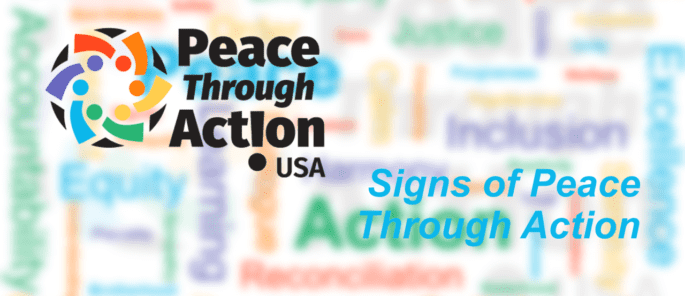
David T. Deal, on the subject of racial healing
As a trained, certified, and practicing mediator and restorative justice facilitator, I see myriad opportunities for promoting racial healing on a case-by-case basis. Both mediation and restorative justice processes subordinate any impulse for a person, group, or institution to fully decide for a subject what needs to be done in favor of promoting a respectful process. Both interventions draw on the power of the subjects’ narratives to illuminate a personal or interpersonal conflict by the affected person or persons and generate an outcome born out of the specific conflict.
For example, as a mediator for violators of truancy standards for mostly non-white students in the District of Columbia, I have managed DC court-promoted mediations involving school system representatives and parents. These mediations, without blaming parents, focus instead on enlisting them to identify specific measures for their family (often with local government assistance) that facilitate better school attendance, such as housing, transportation, medical care, and parenting skills training.
And, as a restorative justice facilitator for juvenile offenders in Fairfax County, Virginia under the auspices of Northern Virginia Mediation Service, I handled school disciplinary matters (such as fighting, theft, class disruption) yielding offender and victim-generated outcomes other than suspension. Suspensions have little impact on future behavior and sadly, studies clearly show, under traditional approaches are applied far more often to students of color.
At the heart of both mediation and restorative justice processes is respect for and encouragement of the narrative of the offending and/or offended party. In each case, the mediator or facilitator steers away from a “listen carefully, then tell them what to do” approach and instead asks open-ended questions to facilitate a narrative. This often leads to an understanding of “what’s really going on” and then a careful selection of remedies that address the problem, avert a repeat, and promote real healing.
Complementing the respect for the power of another’s narrative, those of us engaged professionally in mediation and restorative justice—and those who are not—must sharpen our self-awareness of structural racism. Toward this end, all of us, should take full advantage of the powerful resources available to be introduced to or deepen our knowledge on structural racism.
One notable example is Robin DiAngelo’s White Fragility: Why It’s So Hard for White People to Talk About Racism. Another valuable resource is The Episcopal Church’s Becoming Beloved Community. Of special interest to me is the Sacred Ground Project, a 10-part, online curriculum of documentary films and readings, designed for small group discussion, which focus on Indigenous, Black, Latinx, and Asian/Pacific histories as they intersect European American histories.
David T. Deal is an independent community-based dispute resolution practitioner. Dave offers mediation, arbitration, restorative justice and other restorative practices, and consensus building services. Learn more about Dave at http://dealwork.us/
Visit Peace Through Action’s information page on racism to learn what you can do to reduce and prevent it.
Sign up for our enews.
Give a gift of money to support our development and sharing of learning and action resources.
Discover more from Peace Through Action USA
Subscribe to get the latest posts sent to your email.

Respond